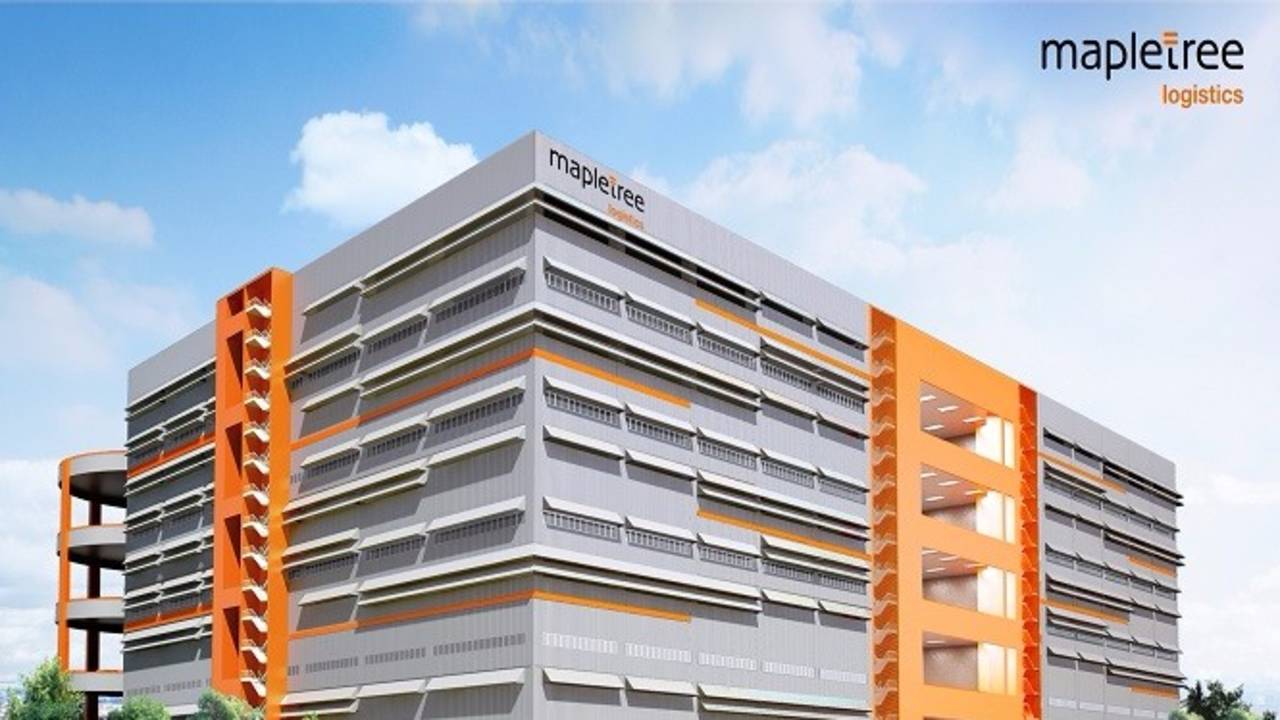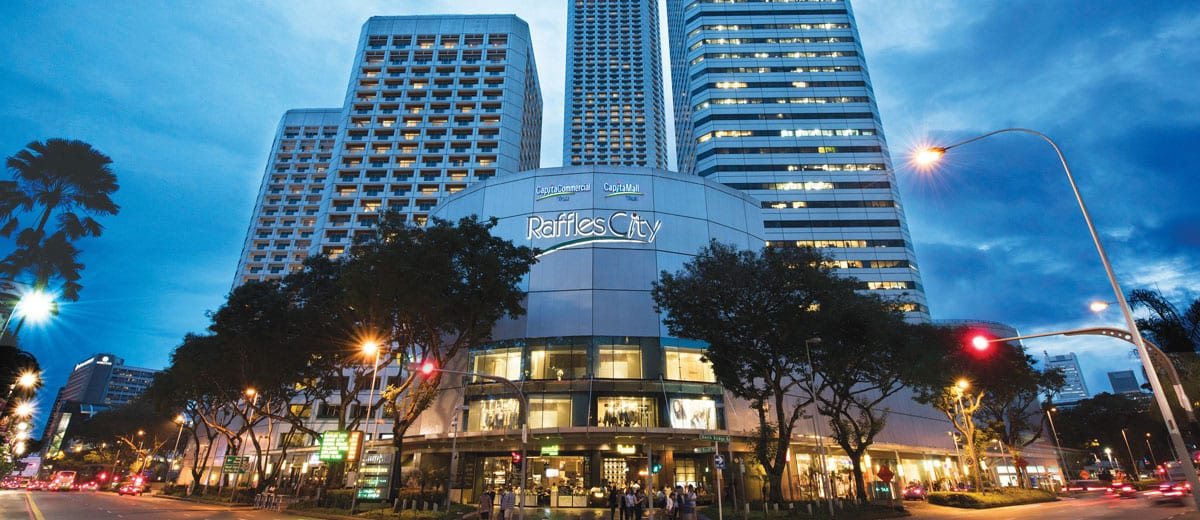On 26 July 2023, Keppel Pacific Oak US REIT (“KORE”) have announced their half year result for 2023. While there is deterioration of their fundamentals, the share price has fallen significantly from my previous article mainly due to the poor market outlook for US commercial properties. KORE remains the REIT that have the highest risk to reward ratio that I am holding and covering in my blog with its direct and concentrated exposure to the US office space. Investors should assess their risk appetite accordingly.
Website: Financial Statements And Related Announcement::Half Yearly Results
Background
KORE is a distinctive office REIT listed on the main board of the Singapore Exchange Securities Trading Limited (“SGX-ST”) on 9 November 2017.
KORE’s leverages its focus on the fast-growing technology, advertising, media and information (“TAMI”), as well as medical and healthcare sectors across key growth markets in the United States (“US”), and aims to be the first choice US office S-REIT providing sustainable distributions and strong total returns for Unitholders.
KORE invests in a diversified portfolio of income-producing commercial assets and real estate-related assets in key growth markets characterised by positive economic and office fundamentals that generally outpace the US national average and the average of gateway cities. These markets include the Super Sun Belt and 18-Hour Cities, which have and continue to see an accelerated influx of talent as part of The Great American Move.
KORE is managed by Keppel Pacific Oak US REIT Management Pte. Ltd., which is jointly owned by two Sponsors, Keppel Capital and KORE Pacific Advisors (“KPA”).
Key Metrics
Distribution Per Unit (“DPU”)
| Metrics | Current | Previous |
|---|---|---|
| Distribution Per Unit | -12.6% | No Info |
For the first half of 2023, it was noted that DPU have decreased by 12.6% to USD0.0250 per share from USD0.0286 per share in the same period the previous financial year. The main reason as disclosed by management is due to increase in financing costs, as noted that net property income have increase by 2.0%. Although this is not unexpected, this metric is Unfavorable.
Occupancy
| Metrics | Current | Previous |
|---|---|---|
| Occupancy | 90.8% | 91.9% |
Occupancy rate as at 30 June 2023 stands at 90.8%. This is Unfavorable as it is below my expected healthy occupancy rate of 95% and KORE have not been able to fully utilize their assets. Furthermore the occupancy rate has been on a continued downtrend for the last few quarters.
This is part of the high risk to reward ratio. Unlike Singapore, the US have embraced remote and hybrid work till date, with the larger companies having terminated their leases. US office buildings are unlikely to regain their peak pre-pandemic values over the next few quarters, and currently the market outlook in the US for commercial real estate is negative.
Website: Severe crash coming for US office properties, investors say
This does not however make excuses for KORE’s 90.8% to be considered favorable. Overall it will still have DPU impact should the environment worsen further. KORE has a Weighted Average Lease Expiry (“WALE”) of 3.5 years which should provide sufficient income visibility. However, it is still possible for leases to be early terminated. For investors that are risk adverse, it may be worth considering other REITs with stable occupancies.
Gearing ratio
| Metrics | Current | Previous |
|---|---|---|
| Gearing Ratio | 38.4% | 38.7% |
Gearing ratio stands at 38.4% as at 30 June 2023. This to me is Neutral, as although there is sufficient buffer from the MAS limit of 50%, the gearing have increased and may present an issue should there be any valuation write-downs which I am expecting in the short-term. A larger buffer may be needed to prevent any force selling of assets and KORE can also take advantage to raise debt to fund acquisitions if opportunities arose.
Interest coverage
| Metrics | Current | Previous |
|---|---|---|
| Interest Coverage | 3.4x | 3.6x |
The interest coverage stands at 3.4 times as at 30 June 2023. The metric is Unfavorable as the interest coverage is lower than my preference of 5.0 times and seems to be worsening. This is a concern as interest rates continue to rise as the world looks to tackle inflation.
The Federal Reserve on 20 September 2023 have indicated that interest rates need to stay high for a longer period of time. This was after having increased the interest rates to a range between 5.00% and 5.25% on 26 July 2023, the highest level in 22 years. There is a possibility that long-term interest rates may see an increase over the next few months.
Website: Fed declines to hike, but points to rates staying higher for longer
As the interest rate may potentially increase further, KORE may be subjected to significant change in their cost of debt in the near future. In their presentation they have mentioned that 77.6% of their debt is also on fixed rates.
I have thus performed a sensitivity analysis using the information as at 30 June 2023:
| Description | Amount (SGD’000) |
|---|---|
| Total Debt | $582,400 |
| Debt Not Hedged (%) | 22.4% |
| Debt at Floating Rate Exposed | $130,458 |
| Distributable Income FY2022 | $60,578 |
Interest rate sensitivity analysis as below:
| Change in Interest Rates | Decrease in Distributable Income (SGD’000) | Change as % of FY2022 Distribution |
|---|---|---|
| + 50 bps | -$652 | -1.1% |
| + 100 bps | -$1,305 | -2.2% |
| + 150 bps | -$1,957 | -3.2% |
| + 200 bps | -$2,609 | -4.3% |
| + 250 bps | -$3,261 | -5.4% |
| + 300 bps | -$3,914 | -6.5% |
Do note the above is my estimation which may be different from management’s estimation. Nonetheless, if the interest rates were to increase by the basis points above, KORE may experience a fall in DPU accordingly.
Debt maturity profile
| Metrics | Current | Previous |
|---|---|---|
| Debt Maturity Profile | 3.1 years | 3.4 years |
Weighted average term to maturity of their debt stands at 3.1 years as at 30 June 2023. This is Favorable and it allows them sufficient time to refinance their debts as they fall due.
Price to Book Ratio
| Metrics | Current | Previous |
|---|---|---|
| Price to Book Ratio | 0.27 | 0.43 |
The Price to Book (“P/B”) ratio currently stands at 0.27. This is computed using the closing share price of USD0.215 on 6 October 2023 and the net asset value per share of USD0.810 as at 30 June 2023.
The metric is Favorable as we are paying below book value for its assets. This provides sufficient buffer should there be a significant write-down of valuation for its assets. However, there is a reason for it to be traded at this P/B ratio and is covered under the “Key things to note” section.
Dividend yield
| Year | Yield | Total |
|---|---|---|
| 2023 | 24.56% | USD 0.053 |
| 2022 | 25.86% | USD 0.056 |
| 2021 | 32.23% | USD 0.069 |
| 2020 | 23.31% | USD 0.050 |
| 2019 | 23.02% | USD 0.050 |
With the dividend payout in September 2023, the total dividend paid out in 2023 amounted to USD0.053 per share. With a closing share price of USD0.215 as at 6 October 2023, this translates to a dividend yield of 24.56%. For my benchmark, a general reasonable range would be around an average of 6.0% to 7.0% in the current environment. KORE’s dividend yield is way above my benchmark.
Website: Reasonable Dividend Yield 2023Q4
The current macro-environment suggest that the US office REITs may be facing significant downward pressure in the short-term which is covered under the “Key things to note” section. As part of the risk to reward ratio assessment, I evaluated a scenario where the valuations and annualized dividend yield were to be halved to 12.28%. As the halved dividend yield is still above my benchmark, the dividend yield metric is Favorable.
Do note that the estimation of halving of dividend yield is for illustration and the dividend payout is likely to continue on a downtrend.
Other metrics
Tenant profile
KORE has an enlarged portfolio covering multiple trade sectors. The high quality and diverse tenant base provides resilience to the KORE portfolio across challenging events. The top-10 tenants accounted for only 23.7% of KORE’s portfolio with no single tenant accounting for more than 3.5% during the period, providing income diversity to the portfolio. Furthermore the WALE of the top 10 tenants is 4.8 years, which provides a strong income visibility as the US rides out the uncertainty.
Key things to note
Risk of property valuation write-down
The US office space have been on a downturn the last few months with occupancy decreasing. As the world continues to increase interest rates to combat inflation, businesses are starting to feel the impact as enter 2023, with sources for cheap funding drying up.
United States office buildings are unlikely to regain their peak pre-pandemic values until at least 2040 as demand for desk space weakens, according to a forecast by Capital Economics. Values are expected to plunge 35.0% from the peak by the end of 2025 and take an additional 15 years or more to recover as hybrid and remote work reshape real estate.
Website: US office owners get dire warning: Rebound unlikely before 2040
While we may not necessary see a Global Financial Crisis (“GFC”) level kind of crash, in general there are estimates that property prices could experience a significant crash, before seeing an uneven recovery after that.
Website: Severe crash coming for US office properties, investors say
Should the property valuation decrease by 30%, this will bring their total invest properties value as at 30 June 2023 from USD1,443 million to USD1,010 million and total assets to USD1,083 million. Assuming the borrowings remain unchanged, this will have implications as the gearing ratio of KORE will increase to approximately 53.8% from the 38.4% as at 30 June 2023. This will breach the MAS limit and KORE will be forced to raise funding via equity or sale of properties to lower their gearing. Both options may not be desirable given that the share price is trading at a significant discount of its book value or KORE may have to realized losses if they are unable to dispose of their assets at book value.
This is coupled with the fact that this is a foreign investment REIT that is listed on SGX, where these kinds of REIT profile are less appealing to Singapore investors.
Summary
| Metrics | Financials | Rating |
|---|---|---|
| Distribution Per Unit | -12.6% | Unfavorable |
| Occupancy | 90.8% | Unfavorable |
| Gearing Ratio | 38.4% | Neutral |
| Interest Coverage | 3.4x | Unfavorable |
| Debt Maturity Profile | 3.1 years | Favorable |
| Price to Book Ratio | 0.27 | Favorable |
| Overall | | Neutral |
Overall, the metrics indicate that it is neutral to invest in KORE. However, despite the relatively stable results, investors need to take note that of their risk appetite. Since my last article, KORE have continued to see their share price fall by 37.7%, mainly influenced by the market environment. The share price continues to face downward pressure and trade at a significant discount from its book value, which may present opportunities for entry for those looking for higher risk and reward.
Disclaimer: Not financial advice. All data and information provided on this site is for informational purposes only.
Previous Post
Website: Keppel Pacific Oak US REIT (SGX: CMOU): 2023 First Quarter Business Update




